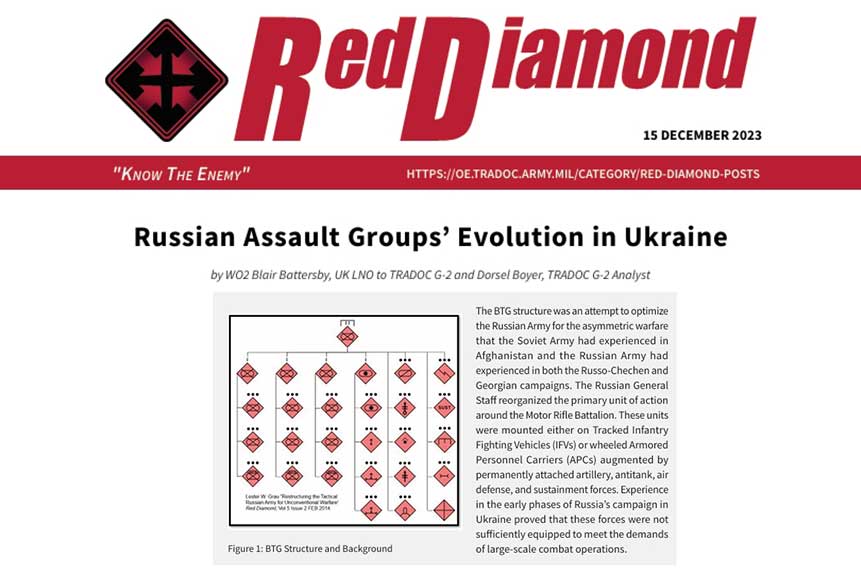
Russian Assault Groups’ Evolution in Ukraine
by WO2 Blair Battersby, UK LNO to TRADOC G-2 and Dorsel Boyer, TRADOC G-2 Analyst
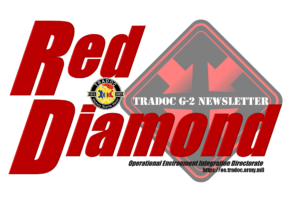
Vol. 14, No. 3 Fall 2023
by WO2 Blair Battersby, UK LNO to TRADOC G-2
and Dorsel Boyer, TRADOC G-2 Analyst
Russia’s approach to war in its so-called “Special Military Operation” in Ukraine has evolved over the past 21 months, suggesting ways in which U.S. Army OPFOR training can evolve to match.
Russian forces have faced several organizational and doctrinal limitations since the initial invasion in February 2022. The initial phases of the invasion were characterized by the employment of the Battalion Tactical Group (BTG), a fully mounted combined arms unit centered around the Russian motor rifle or tank battalion (see Figure 1). However, it became apparent that the BTG had several structural limitations that hindered Russia’s operational success, primarily in sustainment and combined arms integration. Maintenance and logistical problems, paired with the lack of sufficient infantry to screen the armored backbone of these units, hampered BTG mobility in complex terrain. As a result, a Ukrainian resistance of light infantry armed with sophisticated antiarmor systems stymied Russia’s rapid advance into key Ukrainian population centers.
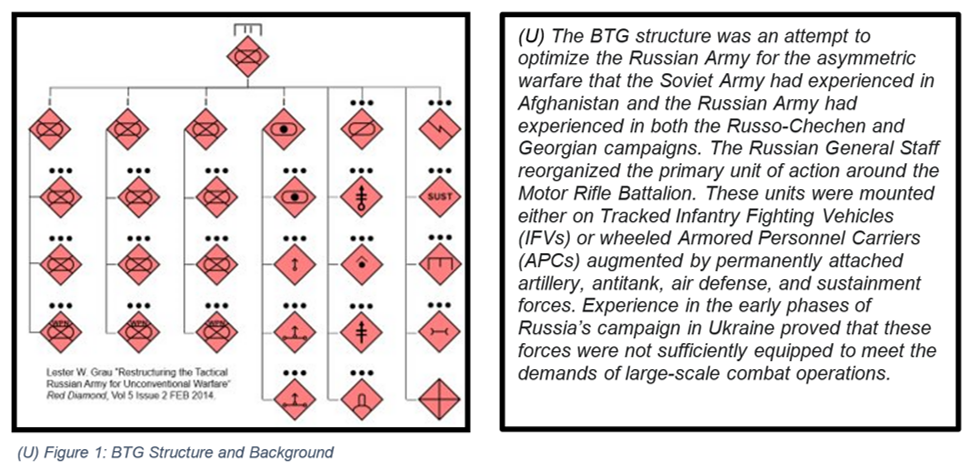
To combat the arrested momentum of its advance, Russia deployed an infantry-centric formation known as “assault groups” in February 2023 and “Storm-Z” (Шторм-Z) Detachments in April 2023. These units were heavily influenced by private military company (PMC) Wagner Group’s use of similar organizations. Wagner’s units, composed of recruited prisoners, were used to capture Bakhmut and were designed to be employed as assault infantry to support more professional and experienced forces. While Wagner suffered many casualties during the capture of Bakhmut, the success of the model motivated Russian commanders to rethink the structure of their tactical assault infantry units. By February 2023, Ukrainian soldiers published documents on social media describing Russian Assault Detachments as a shift in Russian tactical force structure to enhance flexibility. The employment of Russian forces shifted from an emphasis on mechanized forces to dismounted infantry. These detachments are supported by fewer IFVs or APCs, and dedicated short-range fires elements including mortars, automatic grenade launchers, and older towed artillery systems like the D-30 howitzer.
Assault Detachments integrated the lessons learned by Wagner into the Russian Ground Forces at the tactical level. They are organized into dismounted infantry platoons of 12-15 soldiers, supported by armored vehicles on the flank and dedicated fire support (see Figure 2). In these formations, prisoners serve as “disposable infantry” used to identify Ukrainian defensive positions, allowing more capable forces to engage key weapons systems or defended positions.[i] Typically, two platoons form an assault company, making the unit of action smaller than a BTG while allowing commanders more tactical flexibility.
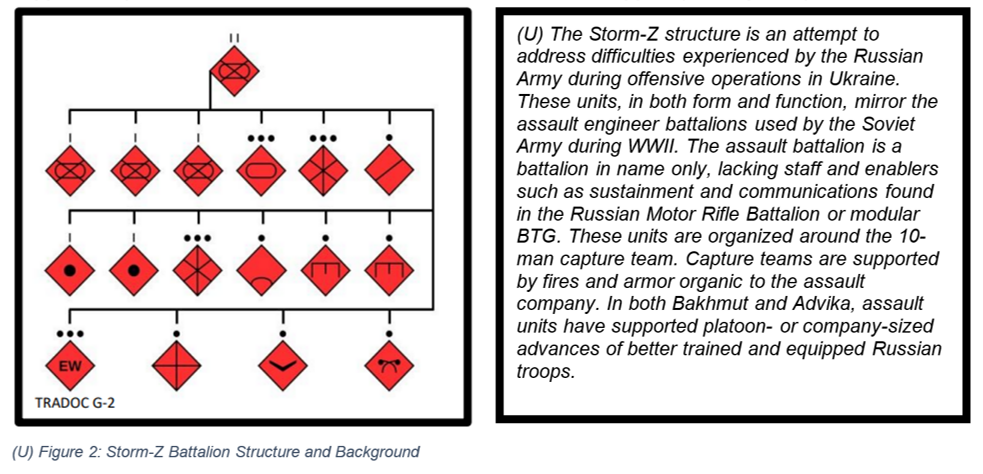
The Assault Detachment concept has been further standardized among 1st Army Corps’ (former Donetsk Peoples Republic) 8th Combined Arms Army as “Storm-Z” detachments. Like Wagner’s approach, these Assault Platoons are manned by convicts recruited from Russian prisons. They are “independent, joint, tactical, combined arms” detachments optimized for capturing key terrain, fortifications, buildings, or other tactical objectives.[i] Storm-Z units are organized in battalions and companies, mirroring the structure of Assault Detachments. However, these organizations are battalions and companies in name only given their small platoons and lack of sustainment enablers (see Figure 2). Storm-Z battalions consist of three companies of approximately 100 personnel each, organized into four 10-person capture squads, four 10-person fire support squads, an eight-person reconnaissance squad, a five-person engineer squad, a three-person medivac squad, a two-person command element, and a two-person UAV section.
Storm-Z battalions appear to be attached to a supported Russian Army brigade headquarters, but the command-and-control (C2) relationship is unclear. Storm-Z actions in Advika (see figure 3) indicate that the capture of a Ukrainian position is followed by further incremental gains by regular maneuver elements. C2 is enabled by maps with coded annotations depicting buildings, streets, and objectives. The supported formation likely produces or assists the creation of target reference maps, enhancing coordination, oversight, and exploitation of the conditions set by Storm-Z units.
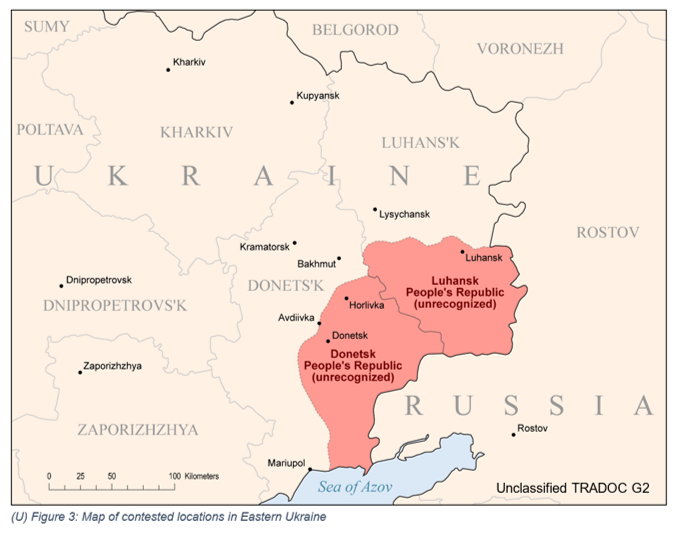
Storm-Z units have experienced mixed results while on offense and as a defensive formation in the face of the Ukrainian counteroffensive.While the use of Assault Detachments greatly assisted Wagner’s capture of Bakhmut, it also resulted in a significant number of Russian casualties. Social media and Western interviews with prisoners of war indicate that Storm-Z units are undermanned, have poor morale, and use defective weapons and equipment. Many surrender to Ukrainian forces or produce plea videos requesting assistance from Russia’s Defense Ministry and political leaders.[i][ii]
Adoption of the technique by regular Russian Ground Forces indicates that the use of disposable Storm-Z and Assault Detachment forces will remain a part of the Russia-Ukraine conflict. However, for this technique to be successful, the next echelon of follow-on forces must be capable of exploiting the weaknesses created or identified by the Assault Detachments to penetrate Ukrainian defensive positions. In Ukraine, it is unclear whether the Russian Army can gain enough mass to accomplish this in the face of logistics challenges and personnel and equipment losses.
Training Implications
The U.S. Army OPFOR can employ the Storm-Z concept to create dilemmas for rotational training units during live, virtual, and constructed training at all levels. Specifically, the use of multiple types of infantries, with different degrees of equipment, training, tactics, motivation, and morale presents challenges to U.S. Army units as it adds more complexity to enemy courses of action and requires planners to consider the various roles of OPFOR infantry. In-depth understanding of enemy equipment and tactics will help frontline Soldiers and intelligence units identify the type of OPFOR infantry they face, which will subsequently drive more nuanced intelligence assessments that assist commanders in making better operational and tactical decisions.
REFERENCES
Bailey, Riley, Karolina Hird, Nicole Wolkov, Angelica Evans, and Mason Clark, “Russian Offensive Campaign Assessment, June 20, 2023” Institute for the Study of War (June 20, 2023), hxxps://www.understandingwar.org/backgrounder/russian-offensive-campaign-assessment-june-20-2023.
Brugen, Isabel van. “Russian Convict Fighters Share Complaints on Video: ‘We’re Not Meat.’” Newsweek, July 5, 2023. hxxps://www.newsweek.com/russian-storm-z-convict-fighters-video-shoigu-ukraine-war-1810904.
El Sirgany, Sarah, Ben Wedeman, and Kostyantin Gak. “Captured Russian Soldiers Tell of Low Morale, Disarray and Horrors of Trench Warfare.” CNN, July 6, 2023. hxxps://www.cnn.com/2023/07/06/europe/captured-russian-soldiers-ukraine-intl-cmd/index.html.
Grau, Lester W. “Restructuring the Tactical Russian Army for Unconventional Warfare.” Red Diamond 5, no. 2 (February 2014), hxxps://community.apan.org/cfs-file/__key/docpreview-s/00-00-00-84-85/20140926-Grau-_2D00_-Restructuring-the-Tactical-Russian-Army-for-Unconventional-Warfare.pdf.
Grau, Lester W., and Charles K Bartles. The Russian Way of War, (Fort Leavenworth, KS: Foreign Military Studies Office, 2017).
Lewis, Kaitlin, “Ukrainian Reserve Officer Says Russia Is Forming Special ‘Storm Z’ Units,” Newsweek (April 8, 2023), hxxps://www.newsweek.com/ukrainian-reserve-officer-says-russia-forming-special-storm-z-units-1793135.
Meduza.io “‘I’m Beginning to Understand That We’re Not on the Right Side.’ WSJ Spoke to Russian Fighters Who Surrendered in Ukraine.” Meduza. Accessed August 28, 2023. hxxps://meduza.io/en/news/2023/06/18/i-m-beginning-to-understand-that-we-re-not-on-the-right-side-wsj-spoke-to-russian-fighters-who-surrendered-in-ukraine.
Peck, Michael, “After a Year of Fighting in Ukraine, the Brutal Logic behind Russia’s ‘human Wave’ Attacks Is Becoming Clear,” Business Insider (June 1, 2023), hxxps://www.businessinsider.com/how-russia-uses-infantry-and-mercenaries-for-attacks-in-ukraine-2023-5.
Roblin, Sebastien, “Captured Manual Reveals Russia’s New ‘Assault Detachment’ Doctrine,” Forbes (March 1, 2023), hxxps://www.forbes.com/sites/sebastienroblin/2023/02/28/captured-manual-reveals-russias-new-assault-detachment-doctrine/?sh=6bc8a6c64bb3.
“Russia forms Storm Z ‘prisoner’ unit to compete with Wagner, says military expert,” New Voice of Ukraine (May 23, 2023), hxxps://news.yahoo.com/russia-forms-storm-z-prisoner-153800233.html.
Tatarigami. “The Battalion Tactical Groups (BTGs) are getting replaced with a new unit called the “Assault Unit” or “Assault Detachment”” Web log. Twitter (blog), February 25, 2023. hxxps://twitter.com/Tatarigami_UA/status/1629722073487613953.
Tatarigami. “‘Regulation on Storm Units Z of the 8th Combined Arms Army.’ .” Web log. Twitter (blog), April 4, 2023. hxxps://twitter.com/Tatarigami_UA/status/1643832673872363520.
Watling, Jack, and Nick Reynolds. “Meatgrinder: Russian Tactics in the Second Year of Its Invasion of Ukraine.” Royal United Services Institute, May 19, 2023. hxxps://rusi.org/explore-our-research/publications/special-resources/meatgrinder-russian-tactics-second-year-its-invasion-ukraine.
DISTRIBUTION A: APPROVED FOR PUBLIC RELEASE; DISTRIBUTION IS UNLIMITED
Distribution A: Approved for public release
Categories:
Tags:
Russian Assault Groups’ Evolution in Ukraine
by WO2 Blair Battersby, UK LNO to TRADOC G-2 and Dorsel Boyer, TRADOC G-2 Analyst
File Size:
888KB
File Type:
Page Count:
5

